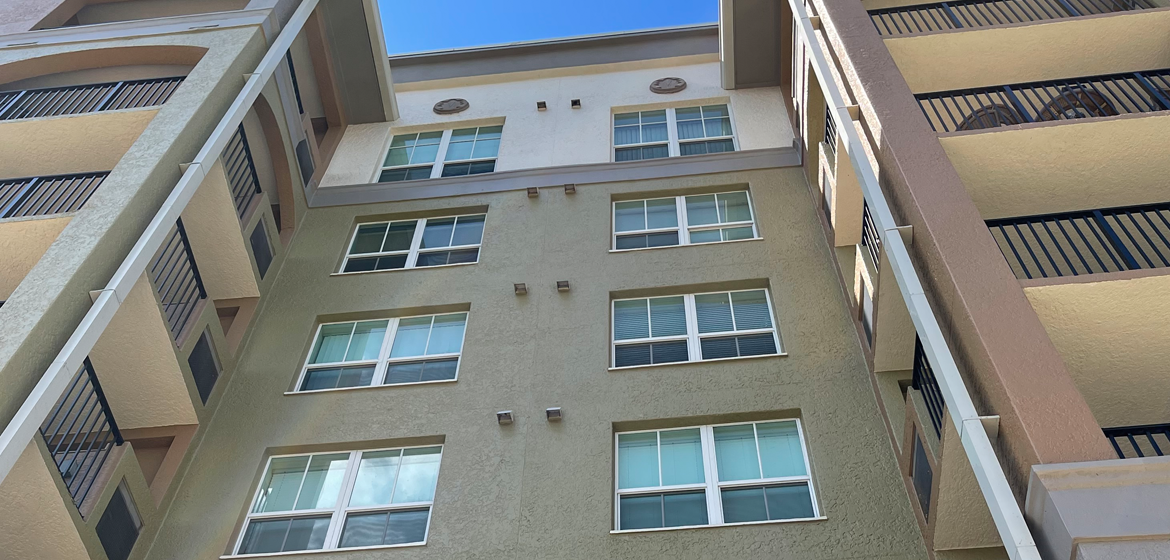Revolutionizing Construction: The Power Of Structural Precast Concrete

In the world of construction, innovation and efficiency are key drivers of progress. Structural precast concrete is one such innovation that has revolutionized the way buildings and infrastructure are constructed. It offers a host of advantages, from accelerated project timelines to improved durability and sustainability. In this article, we’ll explore five crucial things you need to know about structural precast concrete, shedding light on its applications, benefits, and why it’s becoming an increasingly popular choice in the construction industry.
What Is Structural Precast Concrete?
Structural precast concrete is a construction method that involves casting concrete elements, such as beams, columns, walls, and panels, in a controlled factory environment before transporting them to the construction site. These precast elements are manufactured to precise specifications, including size, shape, and strength, to ensure they meet the project’s requirements.
Precast concrete components are typically produced using molds or forms, allowing for a high degree of customization. Once cured and quality-checked, these precast elements are transported to the construction site and assembled to form the structure. This approach streamlines construction processes and offers several advantages.
Accelerated Construction Timelines
One of the most significant advantages of using structural precast concrete is the ability to expedite construction timelines. Precast elements can be manufactured simultaneously while site preparation and foundation work are underway. This parallel processing reduces project timelines significantly, making it an attractive option for fast-track construction projects.
Additionally, since precast elements are manufactured indoors, they are not subject to weather-related delays, ensuring consistent quality and on-time project completion. This can be particularly advantageous in regions with unpredictable weather conditions.
Improved Quality and Consistency
Structural precast concrete elements are produced in a controlled factory environment with strict quality control measures. This results in consistent quality and eliminates variations often encountered with on-site concrete pouring. Precast components are engineered to meet specific design requirements and load-bearing capacities, ensuring structural integrity.
Furthermore, precast concrete allows for precise detailing and customization, including finishes, textures, and architectural features. This level of customization enhances the aesthetic appeal of structures while maintaining structural performance.
Sustainability and Cost Efficiency
Precast concrete is known for its sustainability benefits. The manufacturing process generates less waste compared to traditional on-site concrete pouring, and leftover materials can often be recycled. Additionally, precast elements can be reused or repurposed, reducing construction waste and minimizing environmental impact.
In terms of cost efficiency, precast concrete can lead to significant savings in labor and material costs. Its streamlined production process, reduced construction time, and minimized site disruptions translate into cost savings for project owners.
Diverse Applications
Structural precast concrete is versatile and finds applications in a wide range of construction projects. It is commonly used in commercial buildings, parking structures, bridges, and industrial facilities. The ability to create custom precast components means it can be adapted for various architectural styles and design requirements.
In addition to its structural uses, precast concrete is also employed in sound barriers, retaining walls, and other infrastructure projects. Its durability and resistance to environmental factors make it an ideal choice for long-lasting construction.
Structural precast concrete is a game-changer in the construction industry, offering accelerated construction timelines, improved quality, sustainability, cost efficiency, and diverse applications. As the demand for faster, more cost-effective, and environmentally friendly construction methods continues to grow, precast concrete is poised to play an increasingly prominent role in shaping the buildings and infrastructure of the future.
If you’re planning a construction project and are considering the benefits of structural precast concrete, consult with experienced professionals who can help you make the most of this innovative construction method. With the right approach, you can harness the advantages of precast concrete to create structures that are not only durable but also efficient and sustainable.
Incorporating structural precast concrete into your construction project can be a game-changer, offering accelerated timelines, improved quality, sustainability, cost efficiency, and diverse applications. To make the most of this innovative construction method, consult with experienced professionals who can help you harness its benefits for your project.
